Gardener limed lawn -- and Rhodies!
dottyinduncan
18 years ago
Related Stories

GARDENING GUIDESHow to Plant a New Lawn From Seed
Choose from more grass varieties and save money over sod by starting your lawn from seed
Full Story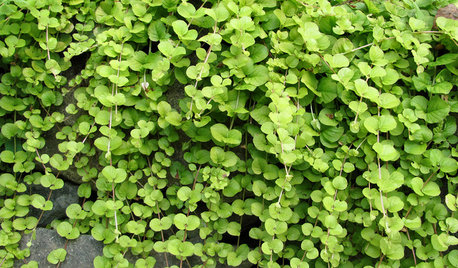
GARDENING AND LANDSCAPINGGreat Design Plant: Golden Creeping Jenny
Try this fast-growing ground cover for easy masses of gold and green in the garden
Full Story
GRASSESHow to Rock a Lawn
Weekend Project: The key to healthy grass begins with the soil. If turf works for you, here’s how to fix it and keep it looking its best
Full Story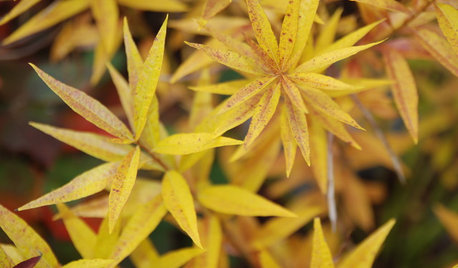
GARDENING GUIDESGreat Design Plant: Eastern Bluestar Wows in Fall
Get outstanding late-season color with this clumping perennial, perfect for a mixed border or to partially replace turf
Full Story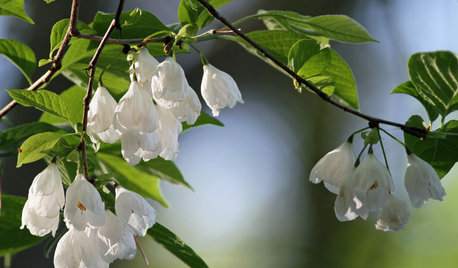
GARDENING GUIDESGreat Design Plant: Halesia Tetraptera
Carolina silverbell is a Southeastern native tree that adds spring blooms to a shady slope, a woodland edge or even a lawn
Full Story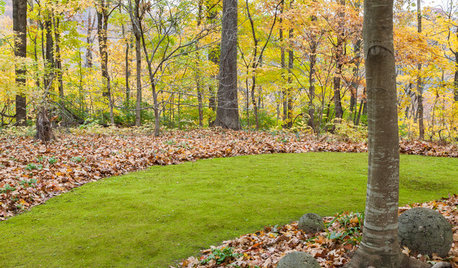
LANDSCAPE DESIGNMoss: Nature’s Carpet for the Garden
Learn how to grow and use this ancient and mysterious natural wonder for delightful texture in the landscape
Full Story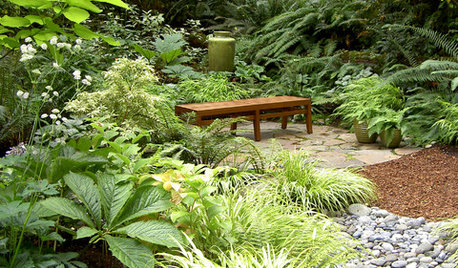
GARDENING GUIDESGreat Garden Combo: 6 Beautiful Plants for a Shady, Wet Site
Transform a shade garden with moisture-loving golden grasses, textural leaves and a sprinkling of flowers
Full Story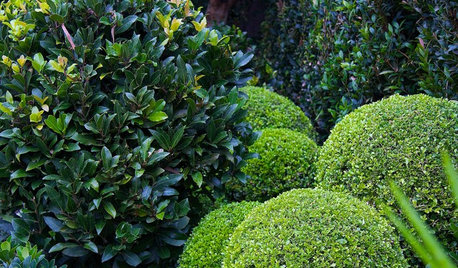
LANDSCAPE DESIGNGreen-Only Gardens Draw the Eye and Soothe the Spirit
Use plant and foliage variety to create a monochromatic landscape as visually pleasing as it is calming
Full Story
GARDENING GUIDESWhat Are Your Spring Gardening Plans?
Tearing out the lawn? Planting edibles? Starting from scratch? Tell us what you plan to change in your garden this year
Full Story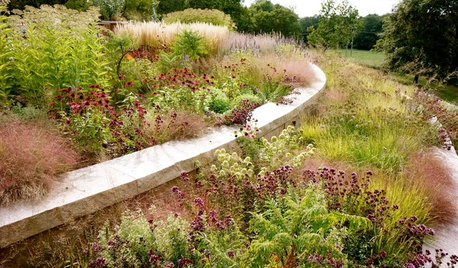
GARDENING GUIDESGreat Design Plant: Eragrostis Spectabilis
Purple lovegrass thrives in tough conditions. It’s a native grass with a wide range across the eastern U.S.
Full StoryMore Discussions









morz8 - Washington Coast
morz8 - Washington Coast
Related Professionals
Sand Springs Landscape Architects & Landscape Designers · Edmond Landscape Contractors · Wake Forest Landscape Contractors · Belmont Landscape Contractors · Fort Worth Landscape Contractors · Methuen Landscape Contractors · Midland Landscape Contractors · Raleigh Landscape Contractors · Wailuku Landscape Contractors · Aliso Viejo Fence Contractors · Altadena Fence Contractors · Antelope Fence Contractors · Chandler Fence Contractors · North Miami Beach Fence Contractors · Peoria Fence Contractorsgardengal48 (PNW Z8/9)
novita
Embothrium
dottyinduncanOriginal Author
morz8 - Washington Coast
Embothrium
gardenbug
Embothrium